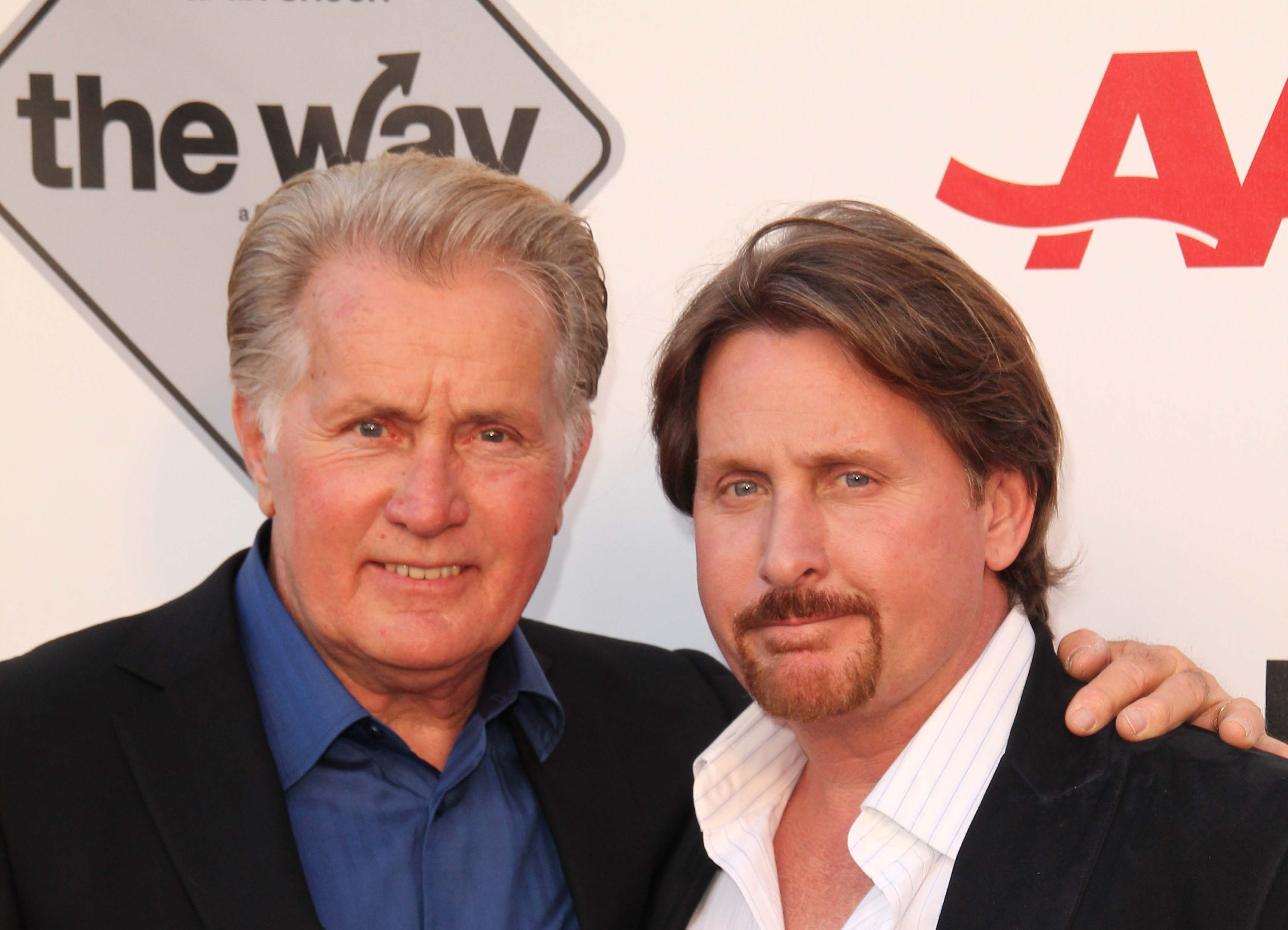More than a decade ago, a small independent film captivated audiences with a simple premise: to walk. Walk to remember, to heal, to understand. The Way (2010), directed by Emilio Estevez and starring his father Martin Sheen, followed a journey across the Camino de Santiago. But the story’s resonance extended far beyond the physical route—it tapped into a shared human experience of transformation through movement.
Now, the long-anticipated sequel, The Way: Chapter 2, is in pre-production. Although no release date has been announced, filming is expected to begin in the coming months. There is speculation that the premiere may align with the next Xacobeo Holy Year in 2027.
A transatlantic bond: The Sheens and their connection to Spain
The origins of the film lie in a deeply personal connection to Spain. Martin Sheen, whose father was born in Galicia, has long expressed affection for the country and its landscapes. During a break from filming The West Wing, Sheen walked the Camino de Santiago with his grandson Taylor. That journey sparked the idea for The Way.
Moved by the experience, Emilio Estevez—Martin’s son and Taylor’s father—wrote and directed the original film. For the Sheen-Estevez family, the Camino was not just a backdrop, but a pivotal moment in their personal lives. As they retraced the route for filming, they joined the ranks of countless pilgrims navigating the terrain with more questions than answers. What they found was not only a compelling story, but also a sense of shared humanity marked by hospitality, landscape, and quiet transformation.
A story that resonates
The original film followed Tom Avery, an American doctor who travels to Spain after his son dies while attempting to walk the Camino. Tom decides to complete the pilgrimage in his son’s name. Along the way, he encounters three other pilgrims—each carrying their own burdens and seeking resolution in different ways.
Audiences connected with the story because it didn’t idealize the Camino—it reflected the interior path many feel compelled to follow, regardless of background. For many viewers, The Way sparked more than admiration. It spurred action. The film inspired thousands to embark on the Camino themselves, not because of spectacle, but because the story felt personal. The Camino in the film functioned less as scenery and more as a mirror.
Chapter Two: Beyond the familiar path
In the sequel, Tom Avery returns, ten years after his first pilgrimage. Now working with Médecins Sans Frontières in Nigeria, Tom receives a surprising manuscript from Jack, one of his former Camino companions. Jack has written a book that reveals unsettling truths, prompting a new journey—this time through Amsterdam, Brussels, and Dublin—before ultimately returning to Spain.
While familiar faces reappear, the years have changed them. Time, like the Camino itself, transforms. That element of uncertainty—of not fully knowing what one is searching for—mirrors the lived experience of many pilgrims. Those who walk the Camino once often return, drawn by an intangible pull. That sense of quiet necessity is at the heart of Chapter 2.
The Camino as protagonist
As in the original, the Camino de Santiago is not merely a location. It acts as a central presence—nearly a character in itself. With its rural vistas, evening plazas, modest hostels, and long silences, the Camino creates a setting that audiences can almost feel from their seats.
The route challenges, guides, and witnesses. It offers no dialogue, yet speaks volumes. The sequel, like its predecessor, leans into the Camino’s quiet authority. The film suggests that each yellow arrow points to something deeper than a destination—something internal, often unspoken.
A new invitation to walk
The Way: Chapter 2 does not attempt to replicate its predecessor. Instead, it seeks to explore how the Camino continues to resonate in an increasingly complex world. What does it mean to return? What can be learned from walking together, again? Why does an ancient path continue to draw people across continents?
Like the Camino itself, the film offers no definitive answers. But it extends something rare: a pause. A space to reflect. A call to walk. For those who were moved by the first film, Chapter 2 may feel like a natural continuation. For others, it may serve as a compelling introduction. Either way, it invites viewers—once more—to begin.





